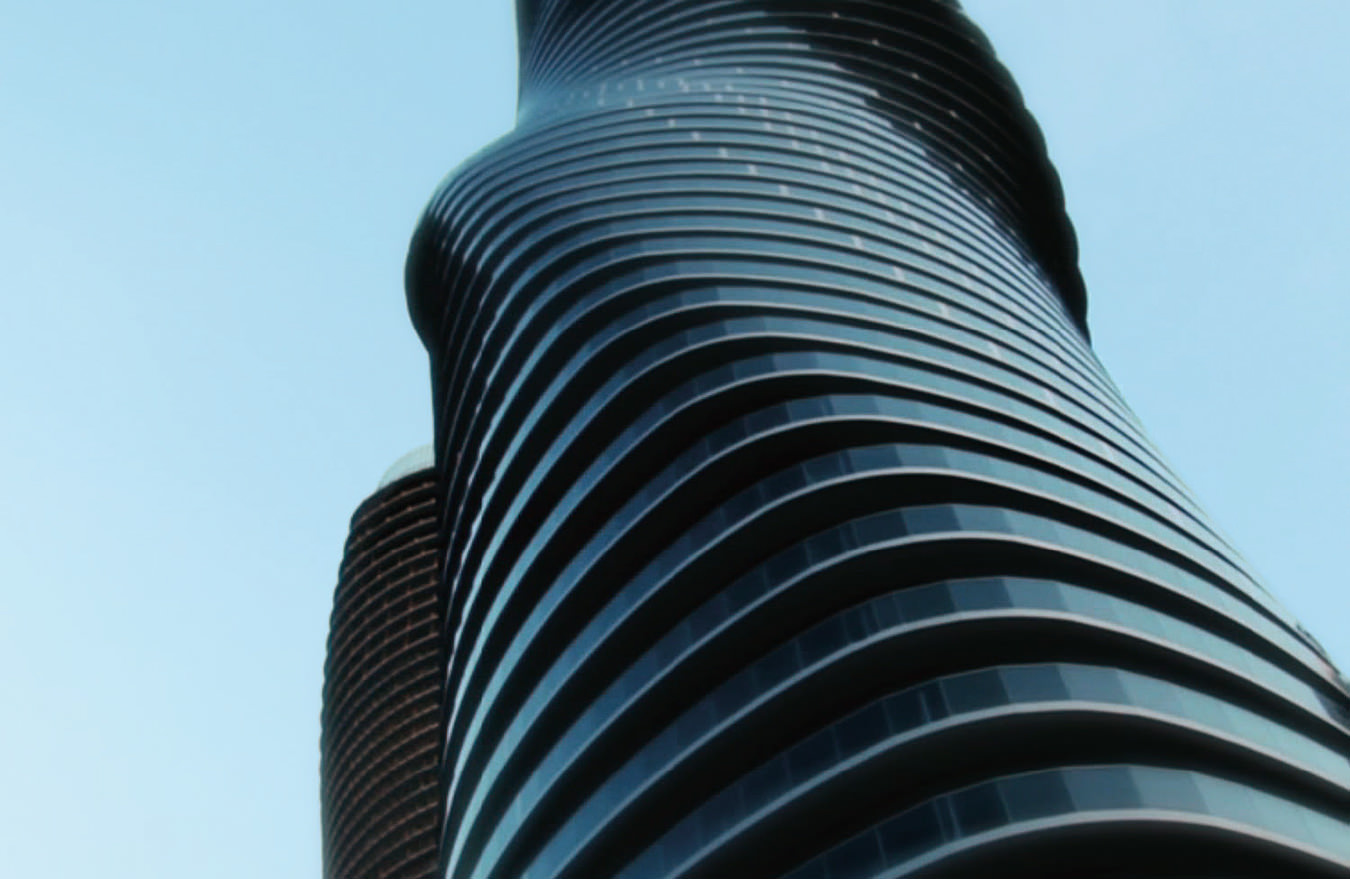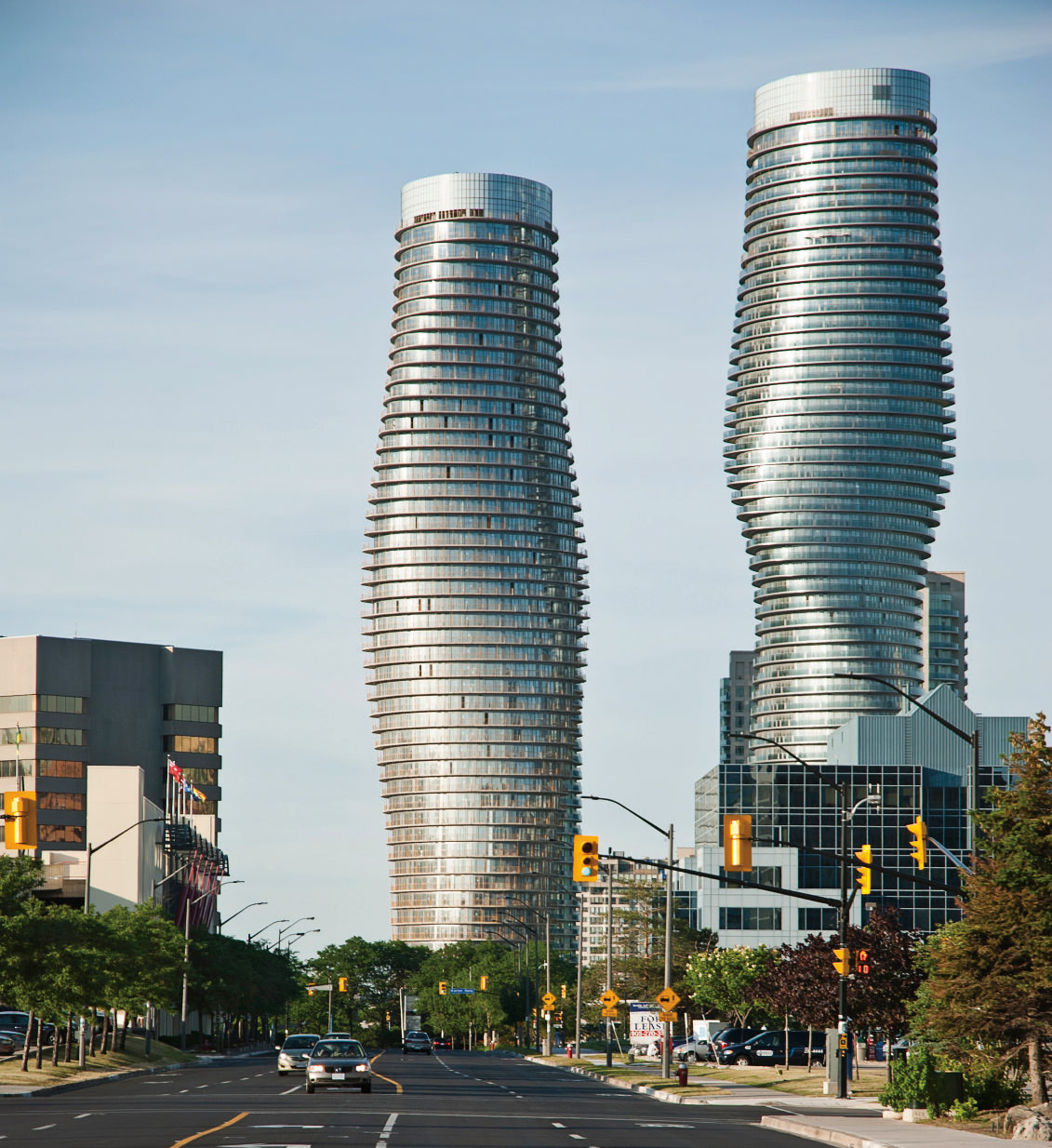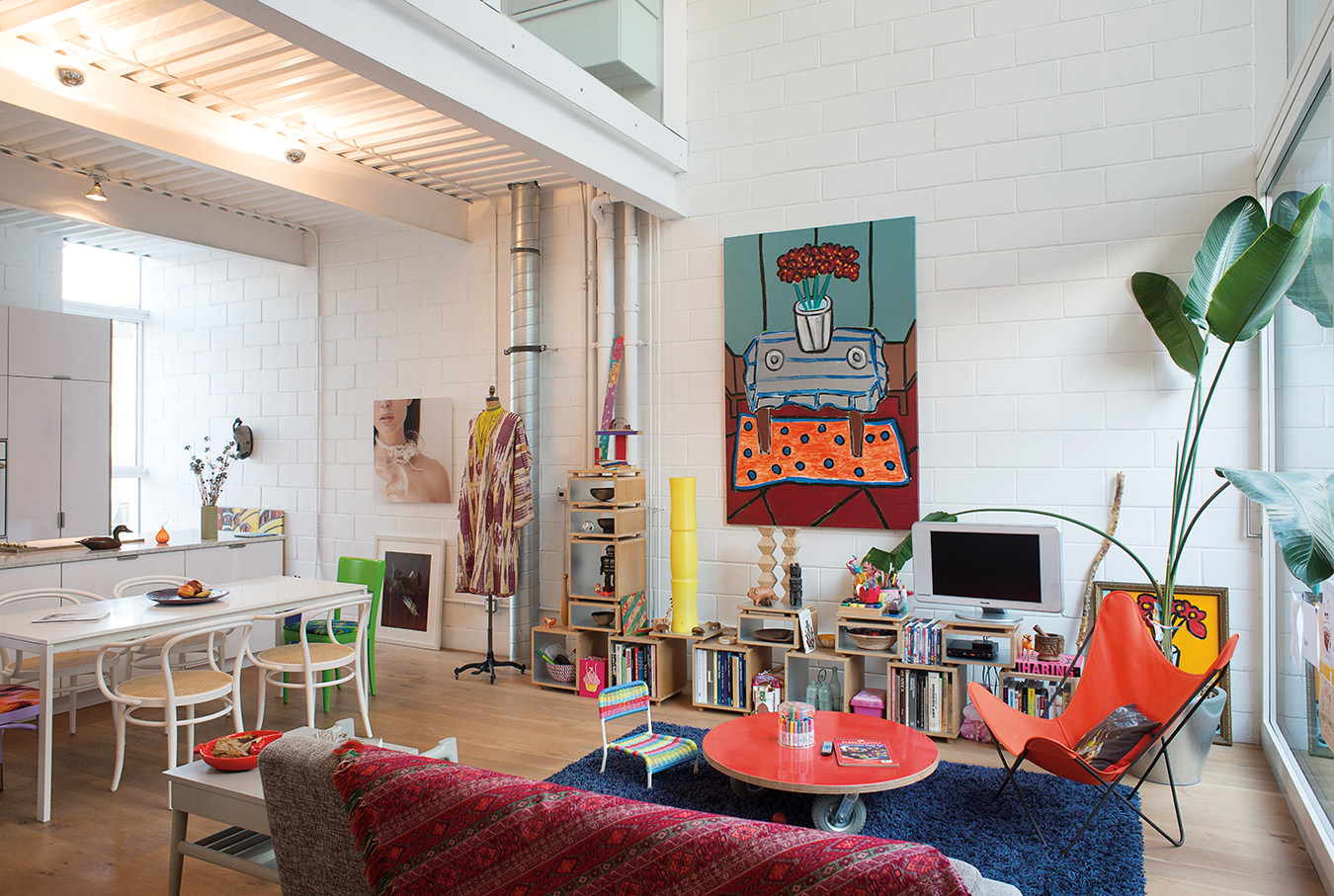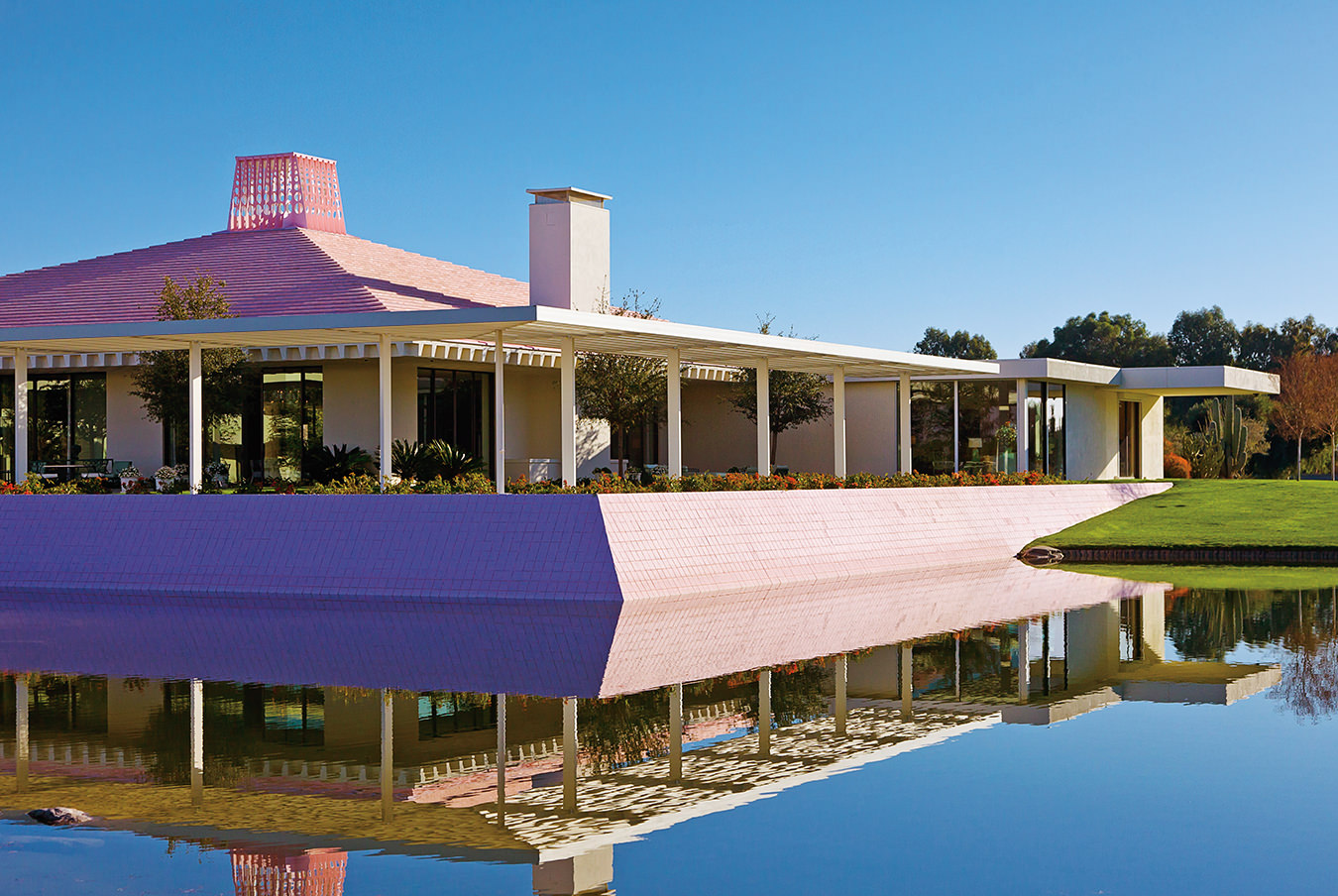Absolute World by MAD Architects
A curved perspective.

Absolute World, dubbed the Marilyn Monroe towers, designed by MAD Architects, located in Mississauga, Ontario. Photo ©Grzegorz Malec.
Condos come in all sizes and many shapes, but we rarely think of them as voluptuous. That was before the appearance of Absolute World, better known locally as the Marilyn Monroe towers, in Mississauga, Ontario. These remarkable structures, which twist and turn as they rise from top to bottom, would stand out on any skyline, and on the suburban landscape of Canada’s sixth-largest city, they are impossible to ignore.
These two “sister” condos are unlike any other in the world. Even from a distance—especially from a distance—they grab our attention and refuse to let go. Though they stand 56 and 50 storeys tall (the former is called Tower IV while the latter is known as Tower V), it’s not height alone that makes them so extraordinary; it’s their unabashed sensuality, the sheer delight they take in their own materiality and form. Never has a tower, residential or commercial, seemed so organic. The traditional orthogonal geometry of right angles and straight lines has no place here; instead, these buildings celebrate the curve. They are about how a floor plate rotated around a central axis creates a sense of movement. The towers change as you travel around them; from every point of view, they are something different. There’s a visual drama to these buildings that makes them compelling. This is architecture that appeals to kids and connoisseurs alike.
Beijing architect Yansong Ma, whose firm, MAD Architects, designed Absolute, openly calls them “sculpture”. The intention, he explains, is to give architecture “more emotional appeal”.
“I involve nature in my approach,” says Ma, who was born in 1975. “I believe that’s the future of the city. Architecture can be used to serve good or to serve money. It’s time architecture be used to serve people. People feel these towers are friendly. Cities are so artificial. In the future, we will have to worry about people’s emotions. We will have to make our cities more organic.”
Organic is not a word usually heard in connection with Mississauga, an amorphously sprawling community of tall buildings and small subdivisions held together by a network of highways. The de facto city centre is the vast Square One Shopping Centre. The 1973 complex is now surrounded by office towers and high-rise condos. Across the road, Mississauga Civic Centre, a postmodern masterpiece designed by Edward Jones and Michael Kirkland, is the heart of the community. It opened in 1987, and sits in the middle of a designated civic precinct that includes a library, aquatic complex, and performing arts centre.
Not only do the Marilyn Monroe towers bring Mississauga into the 21st century, they are the first interesting project of the new millennium in that city. Above all, the buildings speak of a community—and a development industry—willing to go beyond the ordinary and take an unprecedented architectural risk. Absolute World proposes a new architectural language based on an acceptance of the role that design and nature play in human psychology. This is not the architecture we think we should want, but the architecture we know we need, even if the need is still at some unconscious level too deep to enunciate.
If market reaction is any indication, Ma’s definitely on to something. “Both [towers] sold out in days,” says Sam Crignano of Cityzen Development Group, which, with Fernbrook Homes, built the towers. And although construction took longer than expected, response was immediate. As Ma puts it, “From the start, everything has gone smoothly—this was a lucky project.”
These buildings celebrate the curve. They are about how a floor plate rotated around a central axis creates a sense of movement. The towers change as you travel around them; from every point of view, they are something different.
He’s got that right. The story began in late 2006 when Cityzen and Fernbrook launched an international design competition for a proposed condo at the intersection of Hurontario Street and Burnhamthorpe Road, the main crossroads of Mississauga. That alone made the project unique, at least in these parts, but when the jury selected MAD’s scheme from the 92 submissions received from 70 countries, the choice was front-page news. No one had seen anything like it.
For both Mississauga and MAD, the results were dramatic and immediate. Though most Chinese had never heard of either, the towers became instantly famous in that country. Similarly, renderings of the towers have been published and exhibited widely in Europe and the United States.
“The towers actually became big news in China,” Ma recalls. “It was the first time a Chinese architect got such a job outside China. We got a lot of projects after Mississauga. We have to refuse projects every week. In China, most development is purely commercial. They build so many things so quickly, nobody cares. Only a few people are willing to do good architecture.”
With a staff of 50, MAD’s primary practice is in Beijing, but it also has plans for offices in Tokyo and New York. The firm is working in places as diverse as Rome (an apartment building) and Inner Mongolia, with the recent completion of the Ordos Museum. “We are choosing more cultural projects now,” Ma says. “That includes an opera house and three museums. Everything we do is in a city.”
Ma makes it clear that he isn’t interested in becoming the biggest architectural player on the planet. He prefers to keep things small enough that he can stay involved in every project. Like Zaha Hadid, the celebrated Iraqi-British architect with whom he studied, Ma brings a decidedly artistic approach to his work. He has no qualms describing his designs as sculptural.
“We talk all the time,” Ma says of Hadid, “mostly about art. We both do installation work.” Still, it’s unlikely any installation could match the Marilyns for visual drama. Their only precedent is the Turning Torso, a residential tower designed by Spanish architect/sculptor/engineer Santiago Calatrava in Malmö, Sweden. Like the Absolute, the Torso twists as it rises. But in Calatrava’s case, the building’s structure is fully revealed. The tower doesn’t curve so much as make a series of planar shifts. It could be an earlier version of the Absolute, not quite so smooth, and certainly less organic, a skeleton without flesh.
Again and again, Ma returns to the subject that inspires and animates his architecture—nature. “If you love nature,” he argues, “you have to figure out how to build a waterfall in the sky. We should put terraces on every floor and public gardens up high. You have to be ambitious.”

Ma’s only regret is that Tower V, the shorter of the two, sits atop a low-rise base that extends out to the sidewalk. It was mandated by Mississauga’s planning regime, which hopes to establish a genuine street life where none exists today. “It would have been better without the podium,” he insists. “It was a requirement, but because the streets are so wide, you don’t need a podium.”
Ma could be right; at the same time, however, most of Mississauga pales in comparison to the Marilyn Monroe towers. Except for City Hall, a landmark in its own right, virtually everything here is eminently conventional, if not forgettable.
Perhaps the second-most-interesting part of the scheme is the fact there are two Marilyns. Originally, only one was planned, but reaction was so positive that a second was soon added.
“It makes a difference when you have two,” Ma says. “Two makes an urban space. It shows life. You can’t help but wonder, ‘Are they sisters?’ ”
Mississauga has a ways left to go. As long-time mayor Hazel McCallion said at the unveiling of the winner back in 2006, “We started 40 years ago in a hayfield. This is a dream come true.”
McCallion’s brave words notwithstanding, there was no shortage of doubters in Mississauga or abroad. “We were criticized for what we did,” Crignano admits. “But the facts speak for themselves. We’ve proved that good design improves the bottom line. It doesn’t just add to the cost.”
This is a lesson many developers have yet to learn. Given the success of the Marilyns, perhaps it has started to sink in. We will have to wait to see. Already, Ma’s towers have altered perceptions of this suburban community. Though they are only two among hundreds and hundreds, they demonstrate how imagination can change the world as well as the way we see it. They may be MAD in Mississauga, but they’re not crazy.
Top photo ©Grzegorz Malec.



